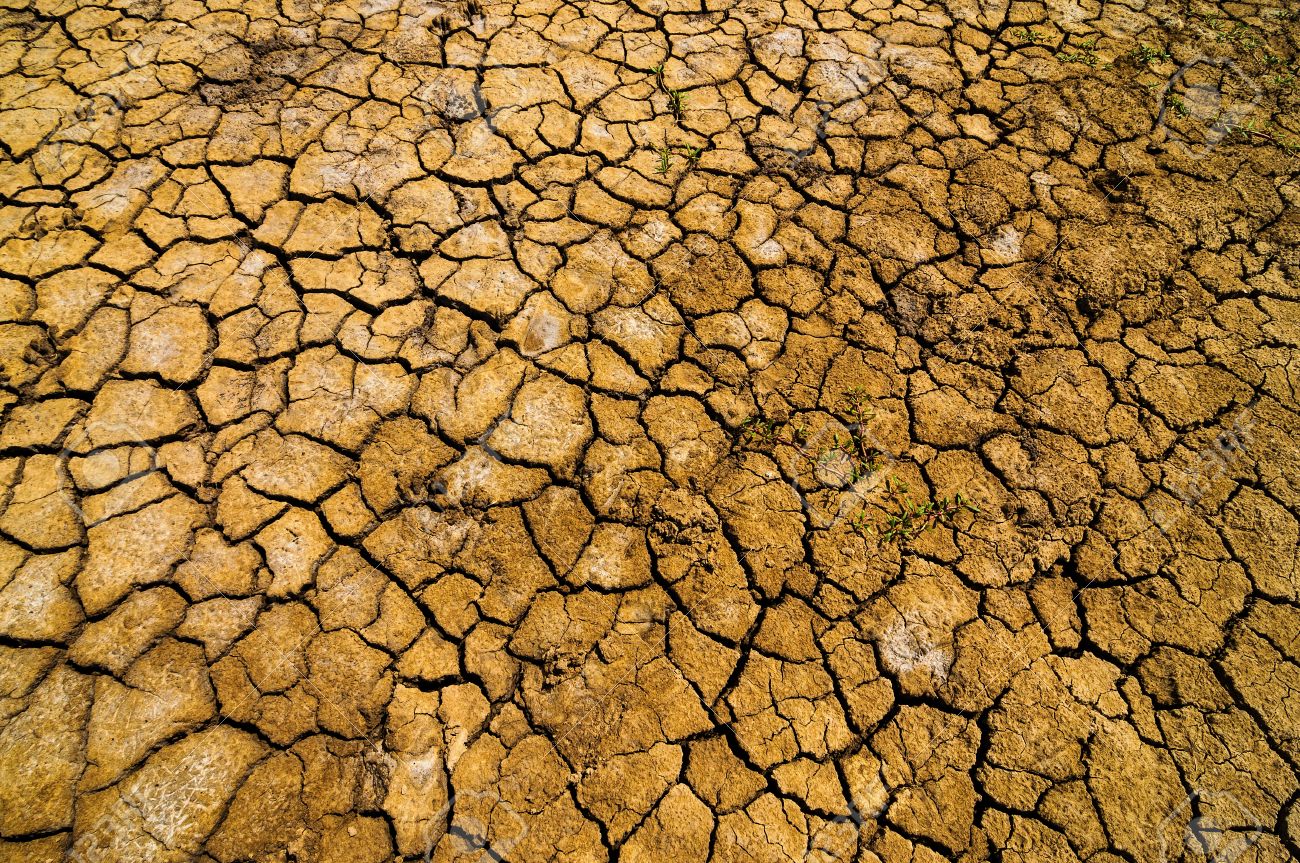
The story so far
Jharkand, a state in northern India, has been facing rapidly reducing ground-water levels. In 2010 the state’s groundwater directorate reported that it’s water tabled fell by 15% in the span of of one year (2009-2010). There are several suspected causes for the depleting ground water levels, including irregular monsoons and increased urbanisation in the region.
People in rural parts of Jharkand face some of the harshest consequences of this water scarcity. Water shortages heighten their livelihood and health risks as they depend on year-round water bodies for agriculture, pisciculture and personal consumption. Unfortunately, despite the geographic and economic gap of rural areas from urban hubs means that the condition of water bodies in Jharkand’s countryside remains under-represented in public media.
This is where Mobile Vaani comes in, as a community media platform accessible through any landline or mobile it allows people on the ground to voice their opinions on issues that matter to them. The platform hosts campaigns on specific issues. It collects people opinions and stories on these issues and broadcasts them to a wider audience through traditional media platforms. In November 2012, we began a campaign to solicit views on the condition of traditional water bodies. These views were regularly published inPanchayat Nama, a supplement of Jharkand’s largest newspaper Prabhat Khabar.
People say that despite there being physical presence of traditional water bodies to store water the lack of maintenance of these sources makes them difficult to use for villagers. Janardan Mahto from Baghmara block Dhanbad says:
In my village there are five ponds, all the ponds have dirty water. The management of the ponds are in the hand of local powerful people. The powerful people conduct fishery business using these public ponds, leaving us with no drinkable water. In last ten years nobody has worked towards to improving the state of the ponds. The situation is so bad that one of the ponds has been filled up with sand and trees have started growing there. Every day we walk 3 KM to carry water from Damoder (a nearby) river.
In some cases, villagers pooled local resources to circumvent bureaucratic systems of pond management and created sustainable sources of water access. Farkeshwar Mahto from Khedgaura village in Cheta Distrct Dhanbad says:
The ponds work in my village are not fully built. About half a kilometer away from the village there is Jamiya river. Our ponds water user to drain into this river. But now we preserve the rain-water by building small catchments using mud. We can conduct fishing activities in this pond. Now we have enough water as the ground-water level increased. We do not face any problem of water!
FAQ’s
Q 1. How many districts were part of this campaign?
A 1. We worked in a total of 11 districts. Dhanbad, Giridih, Bokaro, Ramgarh, Ranchi, Latehar, Khunti, Deoghar, Gomia, Palamu and Chatra
Q 2. What is the average number of water bodies per Panchayat?
A 2. 6.5 water bodies of varying sizes.
Q 3. Is water from any of the water bodies drinkable?
A 3. None. The water bodies are used for bathing, washing clothes, water for animals. Several of our respondents specifically mentioned that the water in these water bodies are not in a condition to drink due to pollution and contamination. Moreover, since most of the water bodies were a perennial source of water they were unable to meet the needs of irrigation or pisciculture.
Q 4. How effective are government schemes aimed at creating and maintaining water bodies in rural areas?
A 4. Each village had at least one MNREGA (Mahatma Gandhi National Rural Employability Act) funded body. Around 30% of the water bodies had been funded under MNREGA and RRR (Repair, Renovation and Restoration of Water Bodies, a scheme by Ministry of Water Resources). However, no maintenance funds had been sanctioned by the government. Which meant that the water bodies were not well maintained and of limited use in their current state.
Q 5. What services do people want the most?
A 5. Drinkable water, year round water, reduction in contamination through roads/construction near water bodies, washing of clothes, coal sedimentation. Regular cleaning and maintenance activities
Q 6. What role does corruption play?
A 6. Corruption played a big role in the implementation of the schemes resulting in incomplete water-bodies. For example, we got a call that reported that around 4 lakh rupees was set aside for constructing water bodies under MNREGA in Bokaro District, but were not utilized.



